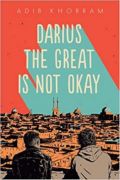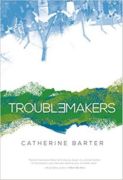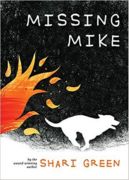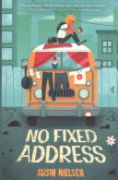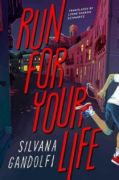
A talented young runner, Santino lives in Palermo, Sicily—a beautiful region of Italy that’s dominated by the Mafia. With Santino’s first communion approaching, his father and grandfather carry out a theft to pay for the party—but they steal from the wrong people. A young, cocky Mafioso summons them to a meeting, and they bring the boy. As Santino wanders off into the old abandoned neighborhood, he hears shots and runs back to see two armed men and his father and grandfather slumped over in the car. The boy barely escapes with his life. Now, he’s left with a choice: cooperate with police and be a “rat,” or maintain Omertà: the code of silence. Twelve-year-old Lucio lives in the northern Italian city of Livorno and dreams of sailing when not taking care of his his young sister, Ilaria, and his sick mother, who is convinced that a witch has cursed her. One day, Lucio’s mother goes missing and he receives a mysterious text: “Come to Palermo. Mamma is dying.” Panicked, Lucio grabs Ilaria and rushes to Sicily, where Lucio’s and Santino’s stories converge with explosive results.

